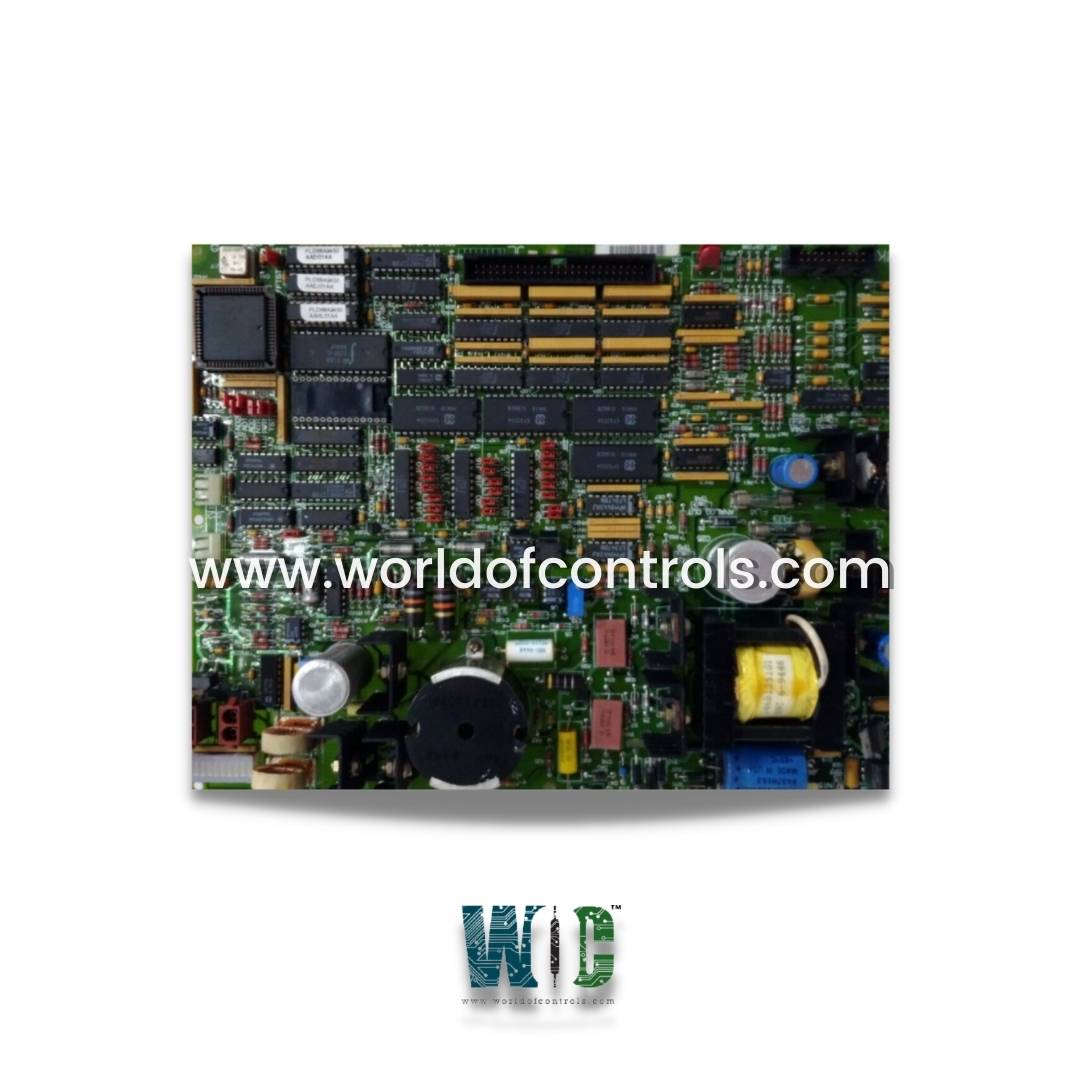
World Of Controls understands the criticality of your requirement and works towards reducing the lead time as much as possible.
DS215TCEAG1BZZ01A - Emergency Overspeed Board is available in stock which ships the same day.
DS215TCEAG1BZZ01A - Emergency Overspeed Board comes in UNUSED as well as REBUILT condition.
To avail our best deals for DS215TCEAG1BZZ01A - Emergency Overspeed Board, contact us and we will get back to you within 24 hours.
Part Number: DS215TCEAG1BZZ01A
Manufacturer: General Electric
Series: Mark V LM
Product Type: Emergency Overspeed Board with Firmware
Availability: In Stock
Product of Origin: U.S.A
Weight:1.00 lbs
Dimensions:6.00 x 5.00 x 1.00
Manual: GEH - 6153
DS215TCEAG1BZZ01A is an Emergency Overspeed Board with EPROMS manufactured by General Electric as part of the Mark V LM Series used for the high-speed protection security located in the protective core
The JX1 and JX2 connections through X> are used by the TCEA boards in positions three (Y>) and five (Z>) to transport information. The R1 core's I/O Engine takes information from the three TCEA boards to perform a median selection on the three values before sending the results to the Control Engine through the COREBUS. Each TCEA board sends a trip signal to a different relay, and the TCEA boards communicate emergency trip signals to the Turbine Trip Board (TCTG). Relay driver level voting is performed by the three relays on the TCTG board, and the outcome determines whether the TCTG board trips the device. Each TCEA board includes a dedicated power supply and diagnostics for that power source.
TCEA CONFIGURATION:
HARDWARE:
Hardware jumpers J1 and J31 on the TCEA board are utilized for factory testing. IONET termination resistors are used with J2 and J3. Each TCEA board's IONET address is configured using the hardware jumpers J4, J5, and J6. J12 through J21 for the high-pressure shaft and J8 through J11 and J22 through 27 for the low-pressure shaft are used to confirm the Overspeed trip frequency settings. The I/O configuration software is used to perform the actual configuration. Z always votes for a trip on emergency Overspeed due to the hardware jumpers J28 and J29. The stall timer is enabled by J30.
SOFTWARE:
The hardware jumper settings for trip frequency are computed using the IO Configuration Editor, which is also used to establish the base speed and Overspeed values for the high and low-pressure shafts. The IO Configuration Editor is used to specify the permitted values for auto-synchronization and the pulse rate data from the Ultra Violet (UV) flame detectors, as explained below.
TCEA FLAME DETECTION CIRCUITS:
TCEA TURBINE OVERSPEED CIRCUITS:
TCEA AUTOMATIC SYNCHRONISING CIRCUIT:
WOC has the largest stock of GE Mark V LM Control System Replacement Parts. We can also repair your faulty boards. WORLD OF CONTROLS can also supply unused and rebuilt backed-up with a warranty. Our team of experts is available round the clock to support your OEM needs. Our team of experts at WOC is happy to assist you with any of your automation requirements. For pricing and availability on any parts and repairs, kindly get in touch with our team by phone or email.
FREQUENTLY ASKED QUESTIONS
Where on the panel is the component located?
The component is located on the Protective Core P1.
How are the Speed and voltage matching carried out on the card?
Speed and voltage matching is carried out via embedded software in EPROMs on the TCEA board.
What is the function of the board?
It functions as high-speed protective circuitry.
How are hardware jumper settings for trip frequency computed?
The hardware jumper settings for trip frequency are computed using the IO Configuration Editor.